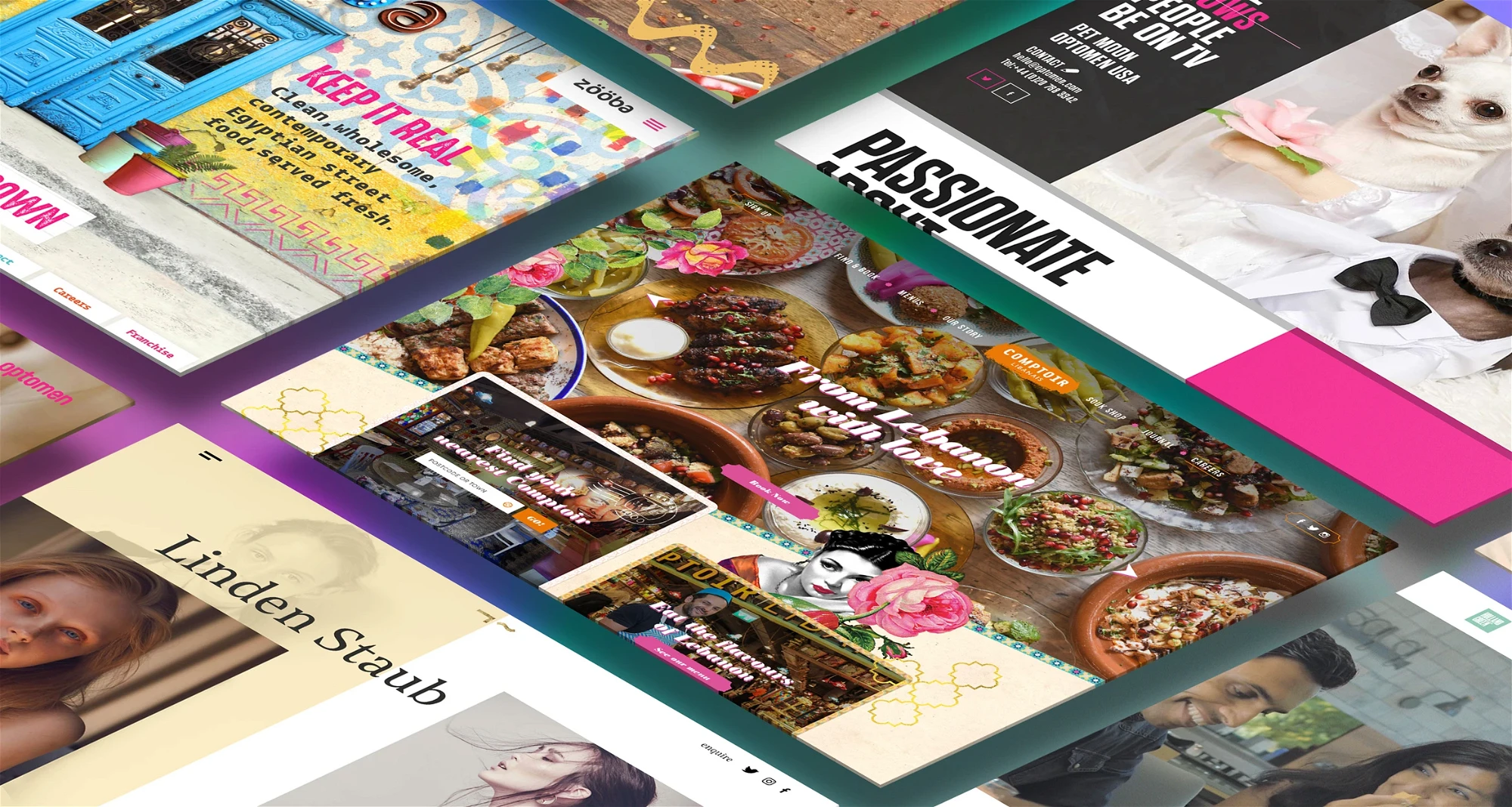KOTA User Experience design process: Why is UX important?

Introduction
User Experience (UX) Design is the process design teams use to create websites that provide meaningful and relevant experiences to their users. It’s an in-depth period we undertake to make sure the foundations of a website, in terms of the structure, content hierarchy, and user journeys, are planned out with goals in mind, a long time before looking at the User Interface (UI) Design. From research, strategy and testing, we can structure the content and plan the navigation so that different users looking for different information are guided round the site to trigger certain call to action goals. Although the UX process varies slightly project to project depending on requirements, these are the main principles we follow.
Our UX principles
1. Stakeholder & user questionnaires
We create tailored questions for both the main project stakeholders and also groups of users. Interviews with stakeholders are normally held face to face and are used to find out the key business goals of the website. User questionnaires are conducted online and give insight into how users want to interact with the website to find what they need, and what the valuable information is to them. We then confirm the business goals and consolidate the questionnaire findings into key imperatives to work towards.
2. Analytics
On the current client website, we set up both Google Analytics conversion tracking and heat map tracking through HotJar. From the results, we can use the data to see how users are navigating through the current website, find any drop off points, and see which call to actions and pages are the most popular. By analysing how users behave, we can then use this data to inform our decisions on the new website.
3. User personas
We work with the client either online or in a face to face workshop to collaborate on creating the user personas for the site. The Key Audiences, their typical ages, sex, job, tastes, family status and location are all taken into account to create the various user personas. These will then help us start creating user journey empathy maps, understanding how different personas will need to navigate around the site. These can also get made into User Storyboards that visually tell the story of how these personas move through the site and the decisions they go through to do so.
4. Kick-off workshop
The kick-off is a day workshop and introduction to the web project. We outline the team that will be working on the project, report on the analytic findings, discuss the audiences and user personas, look at competitors and inspiration, project timescales, plus discussing the functional and technical requirements.
5. Information architecture and sitemap
The main goal of the kick-off is to ultimately collaborate to create the Architecture and a detailed Sitemap for the website. We look at main pages and subpages, content blocks and hierarchy, navigation, call to actions, exemplars, taxonomy, data capture and any CMS requirements, to create a map of pages and the sections that make these pages up. This will become the Sitemap for the client to provide written and visual content to.
6. Wireframes
Once the Sitemap has been presented back to the client and signed off, we use it as the blueprint to create the Wireframes of the website. This is where we layout each page using simple image and written content blocks, call to actions and headline messaging. Each page will include all the content blocks located on the Sitemap and will be linked together to create a prototype. This prototype is then sent to the client with detailed functional notes for them to be able to click around and experience the user journeys. The best practice is to ensure we have the written content supplied by the client before we wireframe, as to make sure we are designing with the exact information users will be accessing and navigating around.
7. User testing & amends
As well as sending the prototype to the client, we use online testing software to get feedback on the Wireframe prototype. From this feedback from both client and virtual users, we go through two rounds of amends to reach the final signed off Wireframe, which will be then used to start the User Interface (UI) Design.
Conclusion
The UX process we go through ensures that when it comes to the visual part of how a website interface will look, we have already considered in detail the goals, strategy and architecture behind the site, giving true confidence that the correct user experience, and ultimately the success factors of the project will be met.
Interested in working with KOTA?
Drop us a line at
hello@kota.co.uk
We are a Creative Digital Agency based in Clerkenwell London, specialising in Creative Web Design, Web Development, Branding and Digital Marketing.





